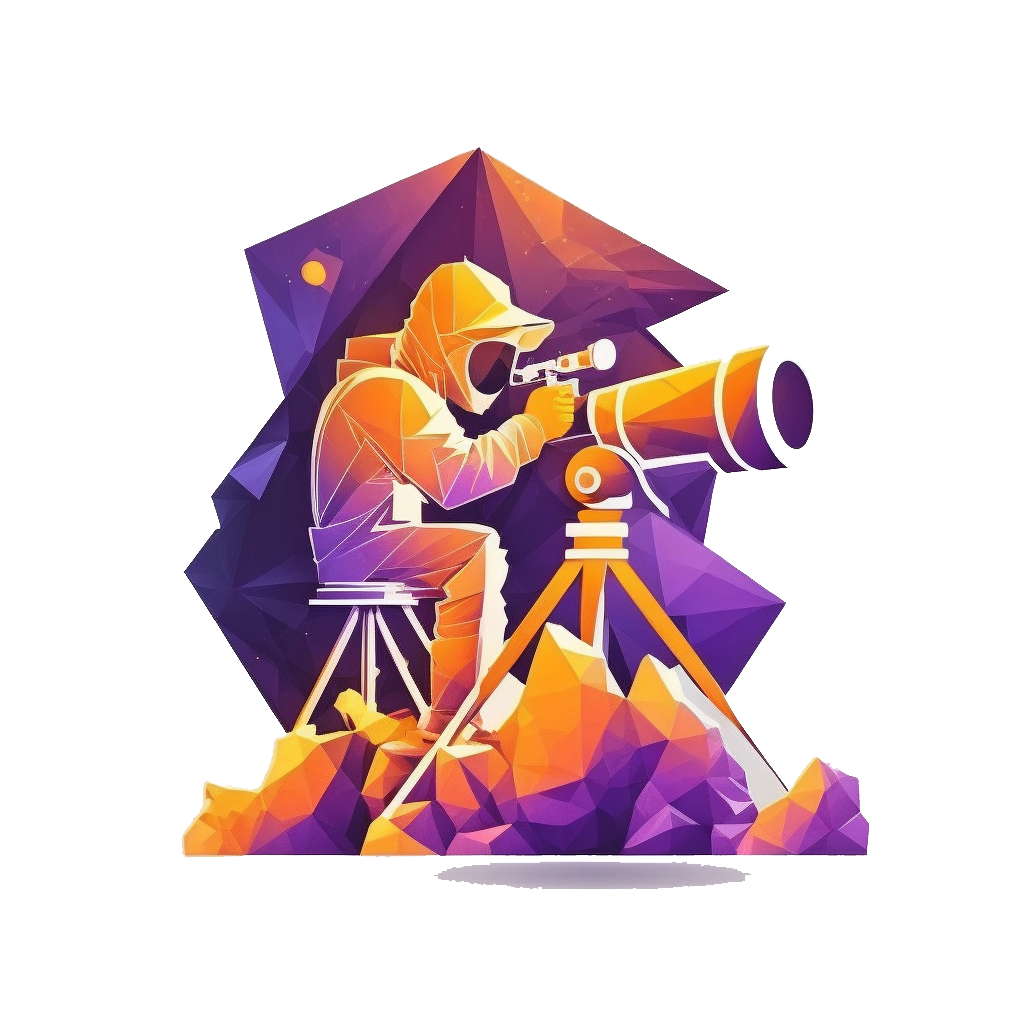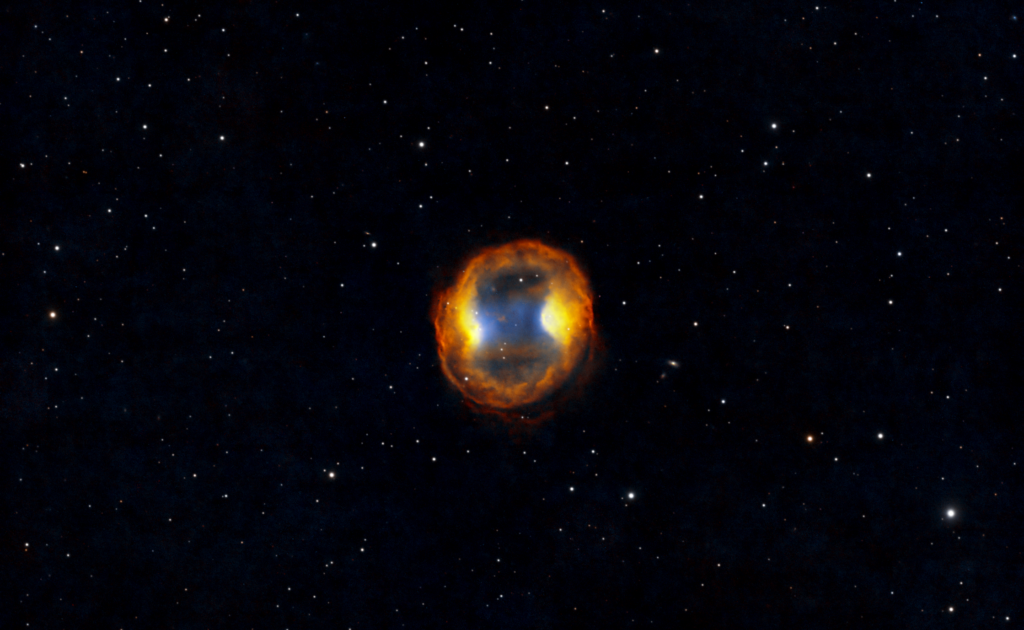
15 Feb Rose and Headphones
I feel like I’m starting to get somewhere with the new scope now!
Imaging at twice the focal length of my original setup is definitely a harder task, requiring everything to be much more precise, especially with regards to the autoguiding setup that keeps my mount pointing at my target VERY precisely.
The UK has been having a spell of unreasonably warm weather for February, which has led to a lot of cloudy evenings, but I have managed to get out a few times this month.
I’ve been doing quite a lot of experimentation, and have struggled to get a “full” night of images captured so I’ve not produced many images (I’m also starting to get MUCH more picky about what I’m prepared to share!).
Presented here are two images that I’ve managed to capture over the course of the month so far. The first is a deeper dive into the heart of NGC 2237 “The Rosette Nebula” in the constellation Monoceros (The Unicorn). This has long been a favourite target of mine, so doubtless this wont’ be the last time I point a telescopt at it!
This image is compised of 6½ hours of five minute sub-exposures using Hydrogen Alpha, Sulphur 2 and Oxygen3 narrowband filters.
The second image is of Jones_Emberson 1, “The Headphones Nebula” a planetary nebula discovered in 1939 by Rebecca Jones and Richard Emberson. Targets like this are perfect for the longer focal length Askar scope! This image is comprised of 50x 5 minute Hydrogen Alpha and 50x 5 minute Oxygen3 sub-exposures.
Both were captured using the excellent “N.I.N.A” software, and processed using PixInsight. As ever, please do click on the images for the full resolution versions.


